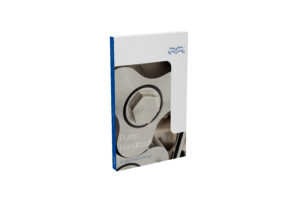HI Introduces Pump Efficiency Prediction Guideline Publication
The Hydraulic Institute Pump Efficiency Prediction guideline (HI 20.3-2010) is now available in a separate, self-contained publication.
The guideline presents a simple method that will help pump users predict normally attainable efficiency levels at the best efficiency point (BEP) for selected types of rotodynamic pumps when the rate of flow, total head per stage, net positive suction head available (NPSHA), and the service conditions are known. Graphs are used extensively to portray the relationship of pump efficiency versus different parameters.
The guideline contains information that explains how surface roughness and internal pump clearances affect pump efficiency and helps users understand the power consumption and efficiency loss created by bearings, lip seals, mechanical shaft seals, and shaft packing.
The guideline includes these pump types:
- Slurry, end suction
- Solids-handling, end suction pumps
- Submersible sewage, end suction
- Stock, end suction
- Horizontal multistage, axial split, segmented ring diffuser barrel
- ASME B73, API end suction, end suction – small
- End suction – large (greater than 0.3 m3/s (5000 gpm)
- API double suction
- Double suction, general service
- Vertical turbine, mixed-flow and propeller, single and multistage diffuser type
According to Gregg Romanyshyn, Technical Director of HI, “The data used to develop the material contained in this guideline is based on actual test results from many different rotodynamic pump manufacturers. The pump community now has a reliable, easy-to-apply method to estimate rotodynamic pump efficiency and compare attainable efficiency levels for different pump types, including factors that influence efficiency.”
Arnie Sdano, Pentair Water – Engineered Flow., led the committee that developed this guideline. Other committee members included representatives from: GIW Industries, Inc.; Peerless Pump Company; Weir Specialty Pumps, Patterson Pump Company, Sulzer Pumps (US) Inc.; ekwestral corp; Pentair Water, Residential Flow/Ag-Ind.; ITT – Residential & Commercial Water; Weir Minerals North America; Grundfos Pumps USA. Weir Floway, Inc.
Source: Hydraulic Institute Inc.






